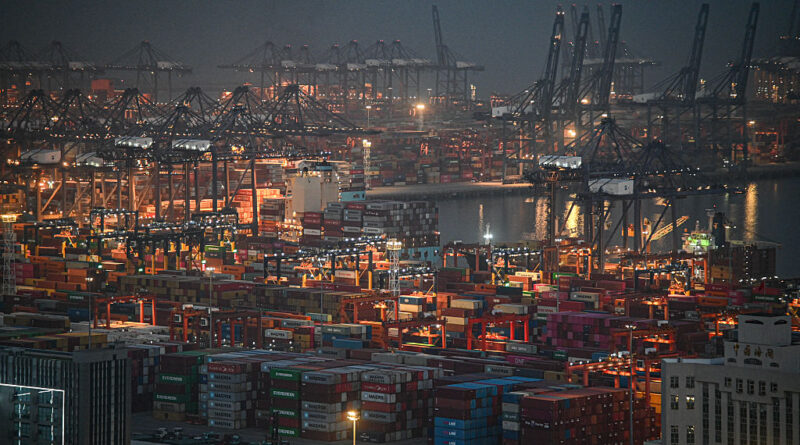IMF Raises Concerns Over $13 Billion Tariff Impact, Australia Downplays Concerns
The International Monetary Fund (IMF) has revised down Australia’s growth forecast for 2025 to 1.6 percent, a decrease from the previous estimate of 2.1 percent.
Australia is expected to face a $13 billion (US$8.3 billion) economic impact from President Donald Trump’s tariff actions, according to the IMF’s World Economic Outlook released on April 22.
The inflation rate is now projected to reach 2.5 percent, which is higher than earlier forecasts.
IMF’s Chief Economist Pierre-Olivier Gourinchas warned that the global trading system is deteriorating, with tariff rates reaching levels not seen in a century. Australia, caught between the trade dispute involving the United States and China, is likely to suffer repercussions, the IMF stated.
Contrasting Views
Prior to the IMF report, the Australian Treasury downplayed the impact of tariffs, calling it “modest.” Their latest modeling suggests a 0.2 percent GDP reduction by the end of 2025 and only a 0.1 percent decline by 2030.
Treasury officials highlighted Australia’s strong economic fundamentals, including a flexible labor market, a floating exchange rate, and a diversified export base, as factors that could mitigate much of the tariff impact.
Despite the optimistic outlook from Treasury, the IMF and some economists warn of potential risks, especially in the Asian market. Experts caution that if Asian countries lose access to the U.S. market, demand for Australian goods could decline, leading to indirect consequences for Australia’s economy.
While the RBA and Treasurer Jim Chalmers maintain a positive outlook on Australia’s resilience, economists stress the need for vigilance in monitoring the evolving situation, particularly in the face of escalating tariffs and uncertainty in global trade policies.



